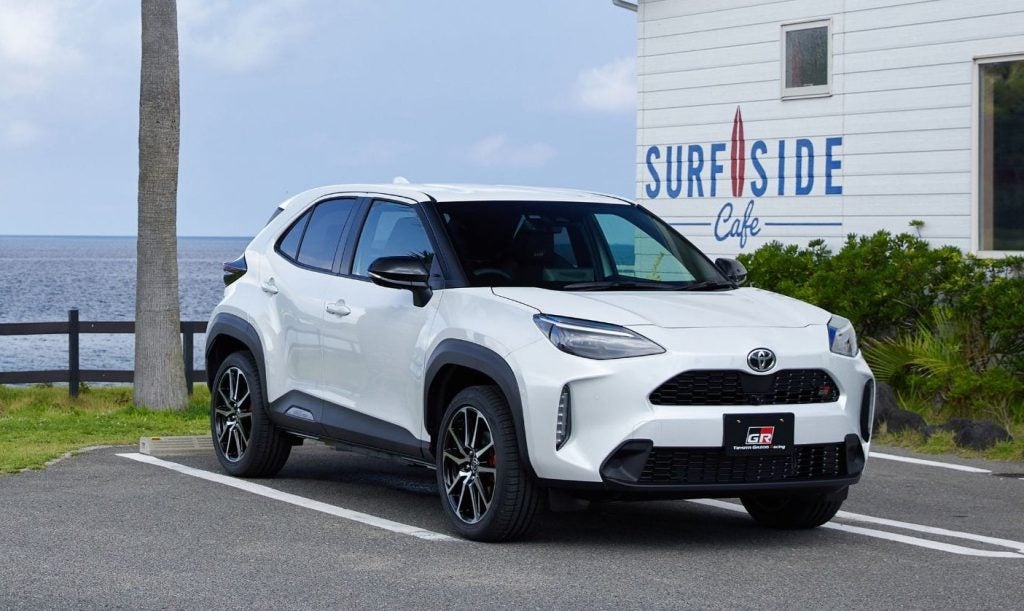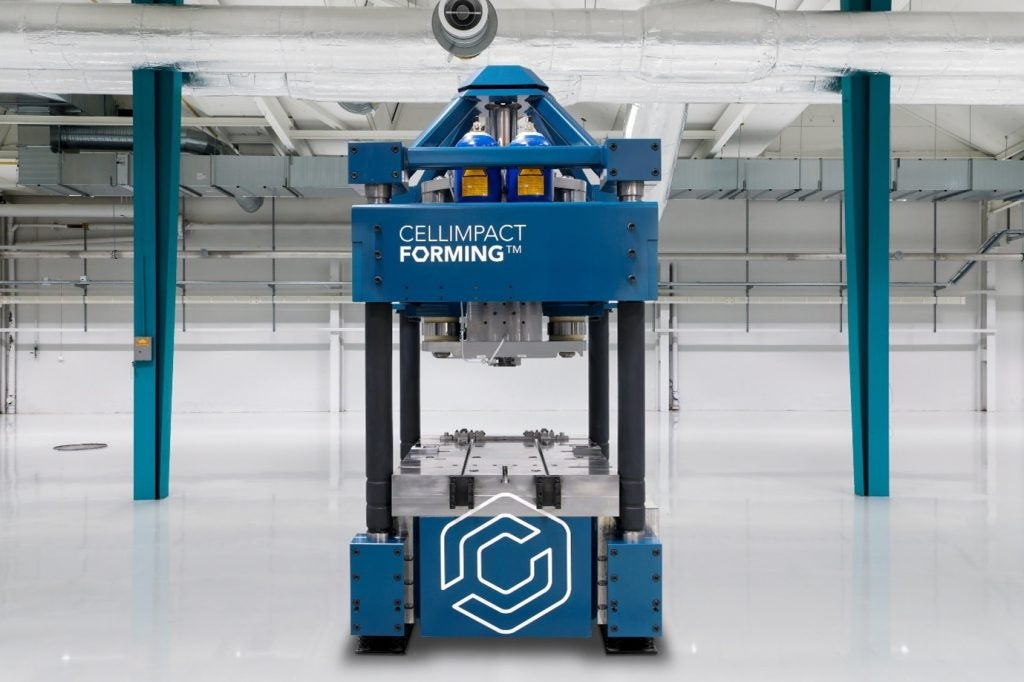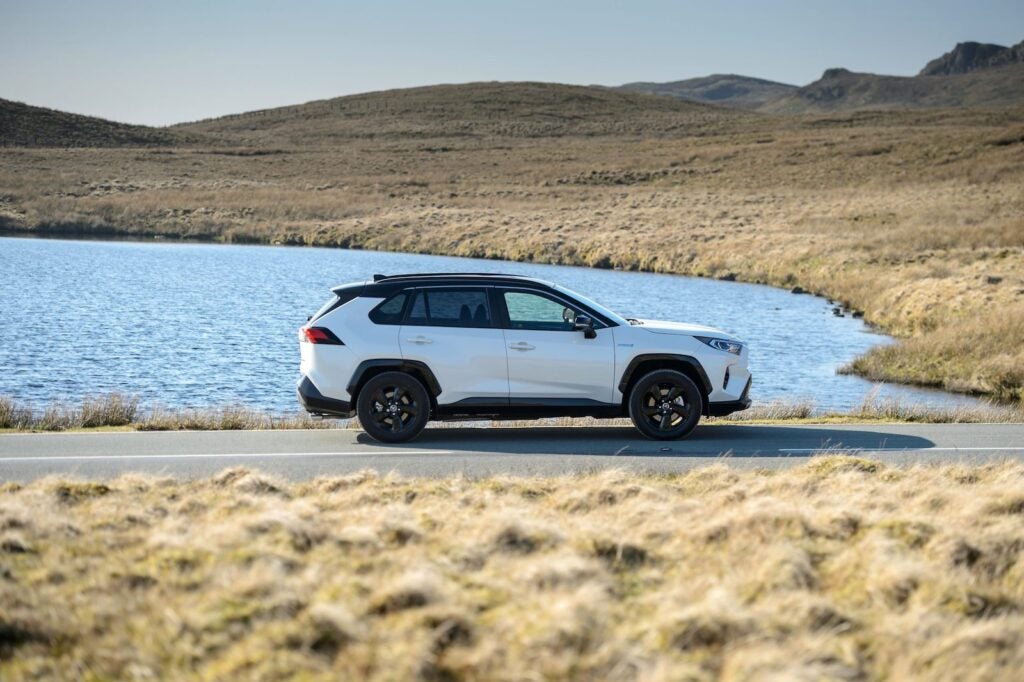Honda Motor president Takanobu Ito has said that the Democratic Party of Japan’s greenhouse gas emission target is ”extremely tough” for the country’s auto industry.
”This is a numerical target that far exceeds the common sense of our business plan,” Ito told Kyodo News in Tokyo, suggesting Honda’s technological innovation alone may not be sufficient to meet the goal.
Honda made an engineering name for itself back in the 1970s when new combustion technology in its CVVC engine enabled US market Civic and Accord models to pass new emission rules without the complex and expensive ‘add-on plumbing’ used by rivals.
Yukio Hatoyama, DPJ leader and prime minister in waiting, has reiterated that his party would seek to reduce greenhouse gas emissions by 25% by 2020 from 1990 levels, a target that the nation’s business sector regards as too aggressive and unrealistic.
Following the DPJ’s landslide victory in a recent general election that ousted the long-ruling Liberal Democratic Party, Satoshi Aoki, chairman of the Japan Automobile Manufacturers Association, also called on the DPJ to clarify the financial resources for achieving its emissions goal.
How well do you really know your competitors?
Access the most comprehensive Company Profiles on the market, powered by GlobalData. Save hours of research. Gain competitive edge.

Thank you!
Your download email will arrive shortly
Not ready to buy yet? Download a free sample
We are confident about the unique quality of our Company Profiles. However, we want you to make the most beneficial decision for your business, so we offer a free sample that you can download by submitting the below form
By GlobalData”We have concerns about its feasibility in view of the impact on economic activities and employment as well as the enormity of the public burden,” Aoki, also chairman of Honda, said.







